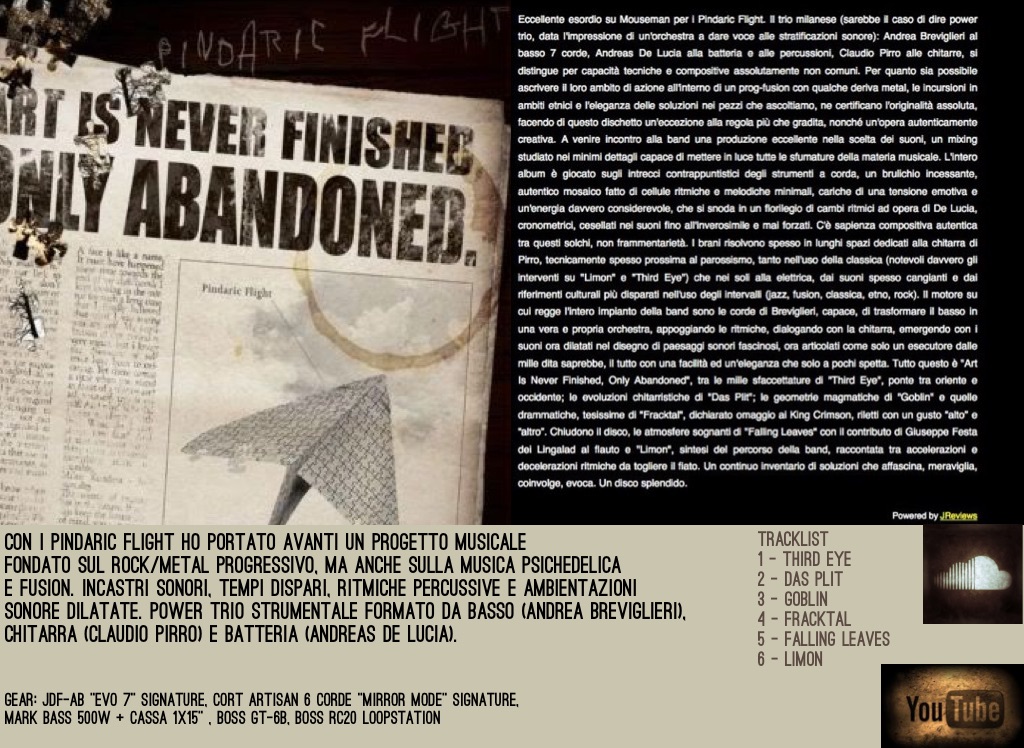Invisible Art Music On Flowvella
This gargantuan tome runs to 600 pages. As to whether one agrees that the book presents ‘a comprehensive history’, this will depend on the reader’s point of view. Here MacDonald has extended the first (1998) edition of his book by adding information on films and their composers that runs up to 2012, as well as extending segments on particular films from earlier periods.
Invisible Art Music On Flowvella For Mac
The book is organised chronologically by decade, beginning with the early years of ‘silent’ cinema, and begins proper at 1920. Information about important technological and aesthetic developments in mass media, such as radio, popular music, and later, television, open each chapter and provide useful context. Films and issues are listed by year, providing a useful reference text for the newcomer to film music, or someone with an interest in these scores who wants to know more about how individual scores and composers fit into the broader (primarily Hollywood) history, and this is also supported by the short individual composer biographies that are interspersed throughout. For each year between one and three film scores are explored over multiple paragraphs, followed by ‘Short Cuts’ sections that outline in brief the contributions by other key composers. The descriptions of the music cues discussed are not going to frighten anyone unfamiliar with notation (no themes or score extracts are transcribed or printed here). Equally, however, they may not satisfy those readers looking for a greater level of nuance or detail, though MacDonald does begin to extend his descriptions with reference to pitches and rhythms when the book turns to films after the year 2000. Macdonald draws upon a great many secondary sources for this tome, albeit mostly the same ones as for the first edition.

On one level this is fine for such a sweeping history, but it does mean that errors slip though (Alex North did not write the music for the stage production of A Streetcar Named Desire, for example). Nonetheless, Macdonald writes with an ebullient tone and considerable clarity; he’s an amiable companion on this journey through the history of mainstream film music in the US. It was quite invigorating to be reminded about some of these films, and nudged towards others I have not yet seen. This isn’t a thoroughly revised text that explores the significant turns that film music studies has taken in the fifteen-plus years since the first End Page 237 edition of the book was published, however. There’s no mention of the detailed analytical or archival research such as can be found in many of the same publisher’s Film Score Guide series, for example, or in the multiple academic journals that have arisen over this period dedicated to the field, not to mention the film music series offered by a significant number of other academic publishers. That sounds like a moan, but it isn’t necessarily a complaint: the recent histories presented by James Wierzbicki and Mervyn Cooke both recognise that development much more thoroughly.
Given the scope of the book, it was a shame not to find reference to more recent detailed research on particular scores, perhaps by way of ‘further reading’ suggestions, but I appreciate that not all readers agree. MacDonald has produced a very well written introduction to a particular history, the aim of which is ‘to “sing the praises” of the creative individuals who wrote the music of the films featured in the pages of this text’ (ix). Photographs of the composers singled out for short biographies are included in this edition.